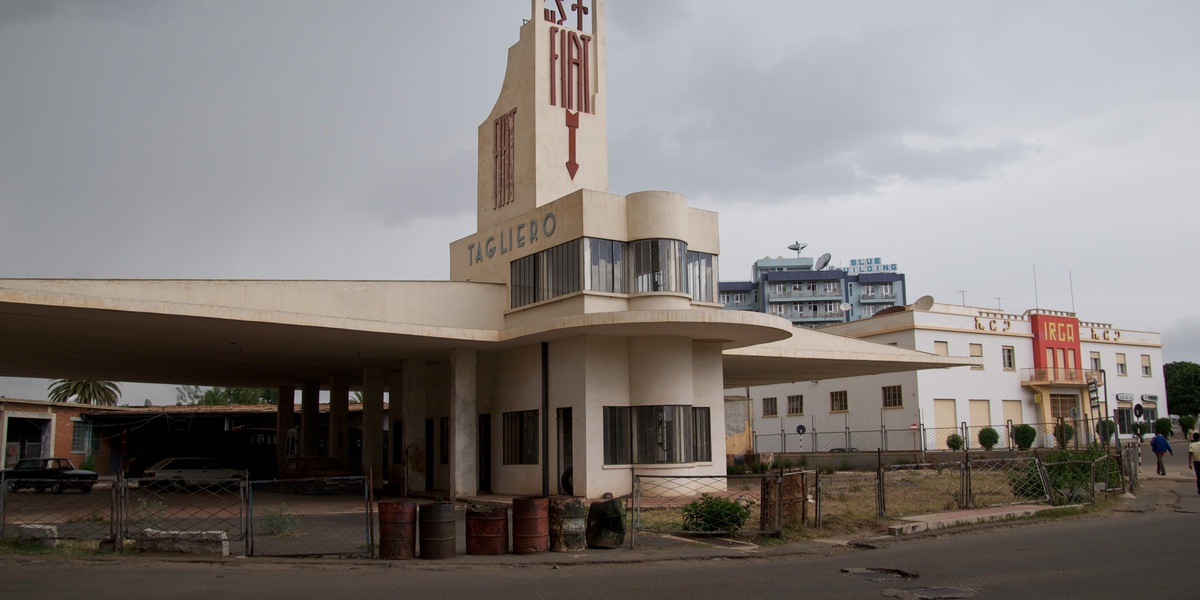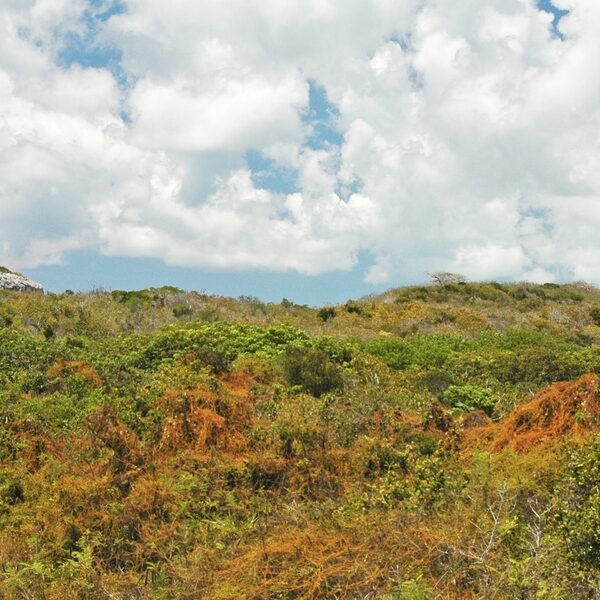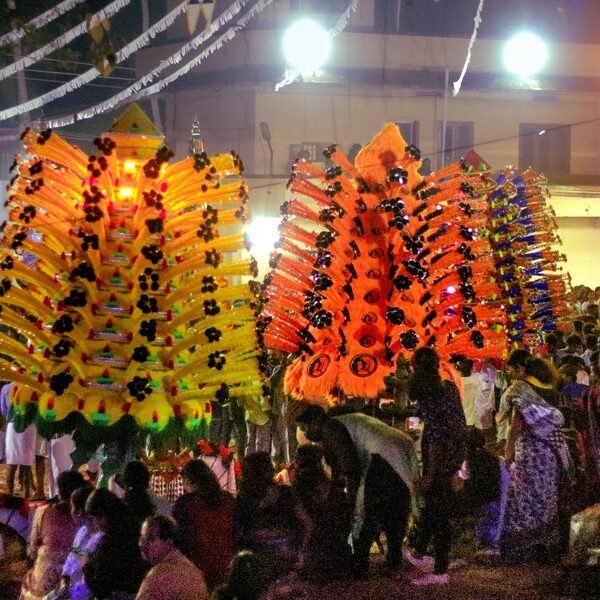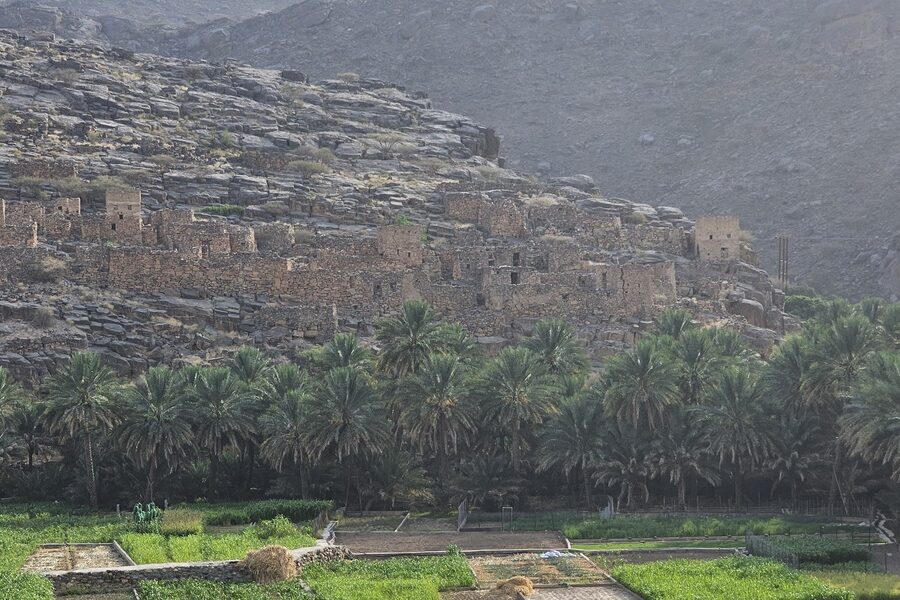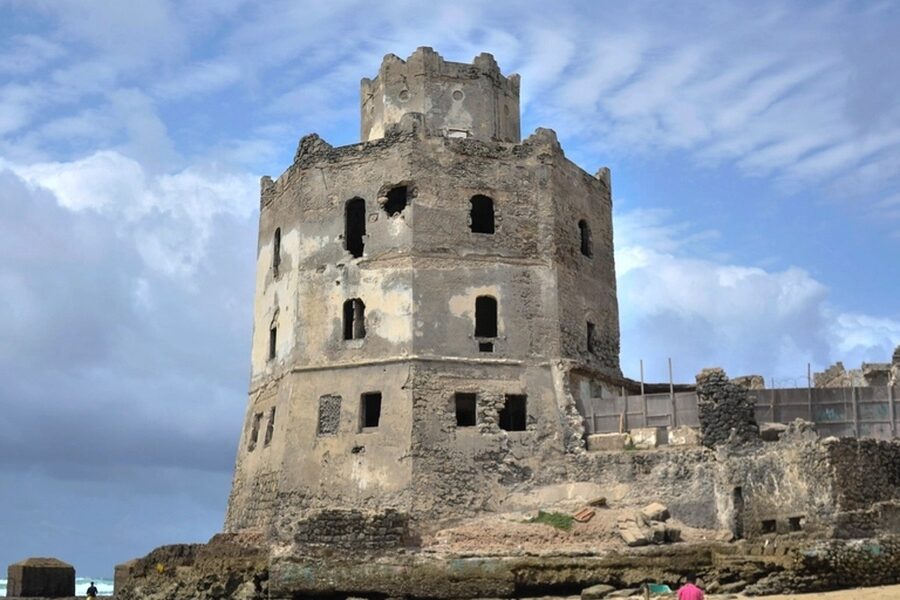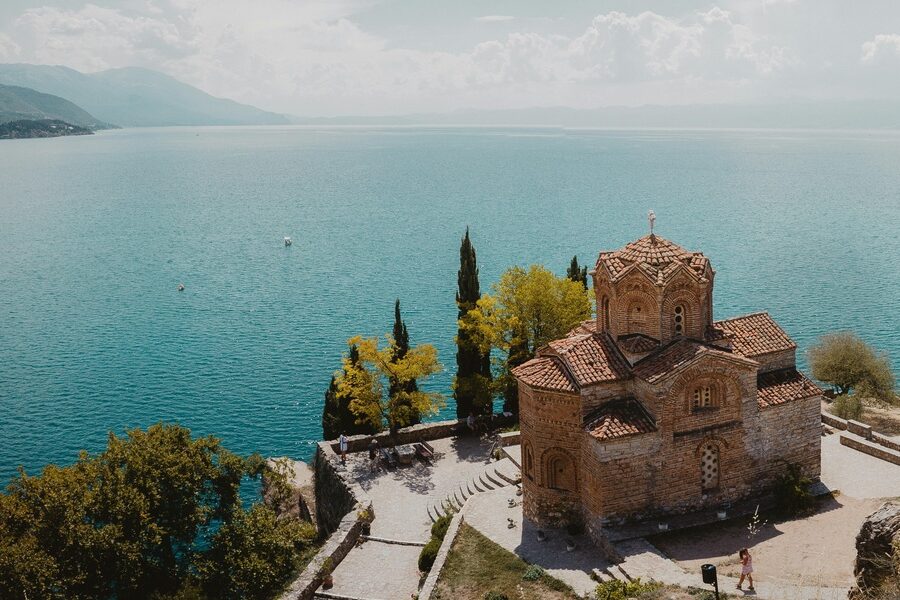Eritrea’s landscapes hold layered stories — from highland towns and Italian-era boulevards to coastal ruins and remote rock art. Walking those places reveals shifts in trade, faith and daily life over millennia, and many sites are reachable with a bit of planning.
There are 41 Historical Places in Eritrea, ranging from Adi Keih Rock Paintings to Tomb of Said Abu Bakr el-Mirghani. For each entry I list Location (city/region), Era (approx.), Significance (max 15 words); you’ll find below.
Which sites are best for a single-day visit from Asmara?
Asmara’s central historic district is the easiest start — many colonial-era buildings are walkable. Short drives reach Keren for markets and memorials or Massawa for coastal ruins; Dahlak Islands require a boat but can be a day trip if schedules align. Check local transport times and pick 1–2 nearby sites to avoid rushing.
What practical steps should I take before visiting these historical places?
Confirm site access and opening hours, hire a local guide when sites are remote, and pack water, sun protection and sturdy shoes. Respect signage and photography rules, avoid touching fragile surfaces, and learn a few local customs to ensure a smooth visit.
Historical Places in Eritrea
| Name | Location (city/region) | Era (approx.) | Significance (max 15 words) |
|---|---|---|---|
| Qohaito | Debub Region | 1st-7th century CE | Major Aksumite city with ruins of temples, palaces, and an ancient dam. |
| Adulis | Northern Red Sea Region | 1st-7th century CE | The main port of the Aksumite Kingdom, a vital center for Red Sea trade. |
| Metera | Debub Region | 1st-7th century CE | Aksumite city known for its famous stele, churches, and elite residential ruins. |
| Asmara’s Modernist City | Asmara (Maekel Region) | 1930s-1940s | UNESCO World Heritage site for its unique concentration of Modernist architecture. |
| Dahlak Kebir | Northern Red Sea Region | 7th century onwards | Site of early Islamic settlements with Kufic inscriptions, tombs, and ancient cisterns. |
| Sembel | Asmara (Maekel Region) | c. 800 BCE | Ancient settlement discovery that pushed back the known history of the Asmara area. |
| Massawa’s Old Town | Massawa (Northern Red Sea Region) | 16th-19th centuries | Historic port with coral block architecture reflecting Ottoman and Egyptian influences. |
| Debre Bizen Monastery | Debub Region | 1350 CE | Famous Orthodox monastery perched atop a mountain, a major pilgrimage site. |
| Fiat Tagliero Building | Asmara (Maekel Region) | 1938 | Iconic Futurist service station designed to look like an airplane. |
| Keskese | Debub Region | Pre-Aksumite/Aksumite | Ancient ruins of a town near Metera, part of a larger archaeological complex. |
| Eritrean Railway | Massawa – Asmara | 1887-1932 | A masterpiece of colonial engineering, with bridges, tunnels, and dramatic mountain scenery. |
| Buya Hominid Site | Northern Red Sea Region | c. 1,000,000 years ago | Discovery site of an early hominid cranium linking Asian and African fossils. |
| Debre Libanos Monastery | Debub Region | 5th-6th century CE | One of Eritrea’s oldest monasteries, with remarkable ancient manuscripts and architecture. |
| Ona Culture Sites | Maekel Region | c. 800-400 BCE | Pre-Aksumite agricultural settlements, representing Eritrea’s earliest settled communities in the highlands. |
| Cinema Impero | Asmara (Maekel Region) | 1937 | Perfectly preserved Art Deco cinema, a jewel of Asmara’s architectural heritage. |
| Tank Graveyard | Asmara (Maekel Region) | 1991 | A somber memorial and collection of destroyed military vehicles from the liberation war. |
| Keren Commonwealth War Cemetery | Keren (Anseba Region) | 1941 | Cemetery honoring Allied soldiers who died in the pivotal WWII Battle of Keren. |
| Sahaal Mosque | Massawa (Northern Red Sea Region) | 7th century CE | Believed to be one of Africa’s oldest mosques, founded by Prophet Muhammad’s companions. |
| Governor’s Palace | Asmara (Maekel Region) | 1897 | Neoclassical former palace of the Italian governor, now the President’s Office. |
| Cathedral of Our Lady of the Rosary | Asmara (Maekel Region) | 1923 | Grand Lombard Romanesque style Catholic cathedral, a major city landmark. |
| Al Khulafa Al Rashiudin Mosque | Asmara (Maekel Region) | 1938 | A masterpiece blending Rationalist, Classical, and Islamic architectural styles. |
| Adi Keih Rock Paintings | Debub Region | c. 2,000 BCE | Prehistoric rock art depicting pastoral life and wild animals. |
| EPLF Caves | Nakfa (Northern Red Sea Region) | 1970s-1980s | Vast underground network of hospitals and workshops from the independence war. |
| Debarwa | Debub Region | 15th-16th centuries | Ruins of the former capital of the Medri Bahri kingdom. |
| Mariam Dearit Sanctuary | Keren (Anseba Region) | Ancient | Sacred shrine featuring a statue of the Virgin Mary inside a baobab tree. |
| Asmara Opera House | Asmara (Maekel Region) | 1920 | Elegant Romanesque Revival theatre and a central cultural landmark of the city. |
| Imperial Palace, Massawa | Massawa (Northern Red Sea Region) | 16th-19th centuries | Ruined but historic palace, a testament to Massawa’s past grandeur. |
| Enda Mariam Cathedral | Asmara (Maekel Region) | 1938 | Orthodox cathedral combining Italian Modernist and traditional Eritrean architectural styles. |
| Massawa-Asmara Cableway | Massawa – Asmara | 1937 | Remnants of what was once the world’s longest industrial aerial ropeway. |
| Keren Italian War Cemetery | Keren (Anseba Region) | 1941 | Final resting place for thousands of Italian soldiers from the Battle of Keren. |
| Battle of Afabet Site | Afabet (Northern Red Sea Region) | 1988 | Site of the decisive “Nakfa offensive,” a turning point in the independence war. |
| Gura’e Battlefield | Debub Region | 1876 | Site of a decisive battle where Ethiopian forces defeated an invading Egyptian army. |
| Sheikh Hanafi Mosque | Massawa (Northern Red Sea Region) | 16th century | One of the oldest and most important mosques in historic Massawa. |
| Matara Stele | Metera (Debub Region) | c. 4th century CE | Famous pre-Christian monument with an inscription dedicating it to the moon and sun. |
| Nakfa Town Ruins | Nakfa (Northern Red Sea Region) | 1970s-1991 | The destroyed town of Nakfa, left as a memorial to the war’s devastation. |
| Italian Fort, Nefasit | Nefasit (Northern Red Sea Region) | Late 19th century | Colonial-era fortress guarding the strategic pass between the lowlands and highlands. |
| Ruins on Emba Soira | Debub Region | Ancient | Archaeological sites and ruins found on Eritrea’s highest mountain. |
| Old Turkish Governor’s Palace | Arkiko (Northern Red Sea Region) | Ottoman era | Ruins of an Ottoman-era palace in the historic port town of Arkiko. |
| Banco d’Italia, Massawa | Massawa (Northern Red Sea Region) | 1920s | Elegant and historic colonial-era bank building in the heart of the old port. |
| Tomb of Said Abu Bakr el-Mirghani | Massawa (Northern Red Sea Region) | 19th century | An important Islamic tomb and pilgrimage site in Massawa. |
| Forto Baldissera | Debub Region | Late 19th century | An early Italian colonial fort, part of their initial expansion into the highlands. |
Images and Descriptions
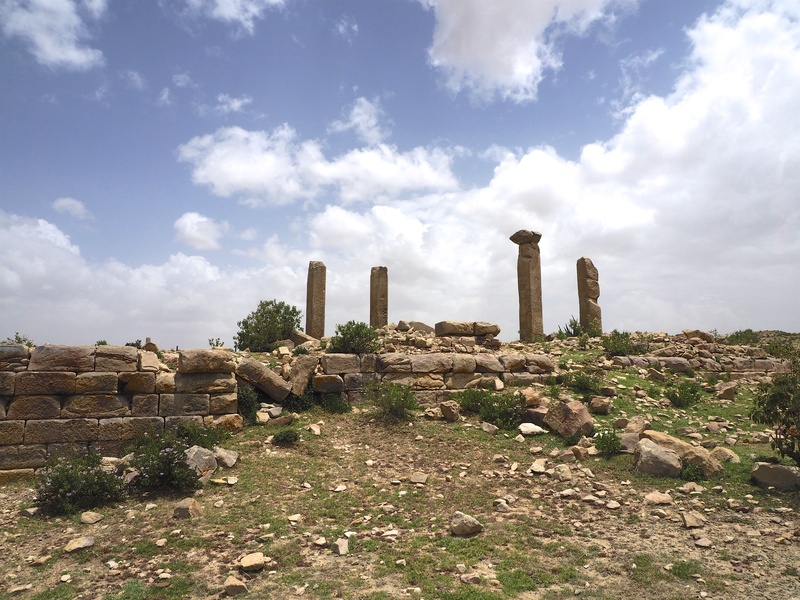
Qohaito
Ancient highland site with ruined buildings, tombs, and stone works. It sits on a trade route plateau and links to pre-Aksumite and Aksumite eras. It illustrates early urban life and regional commerce.
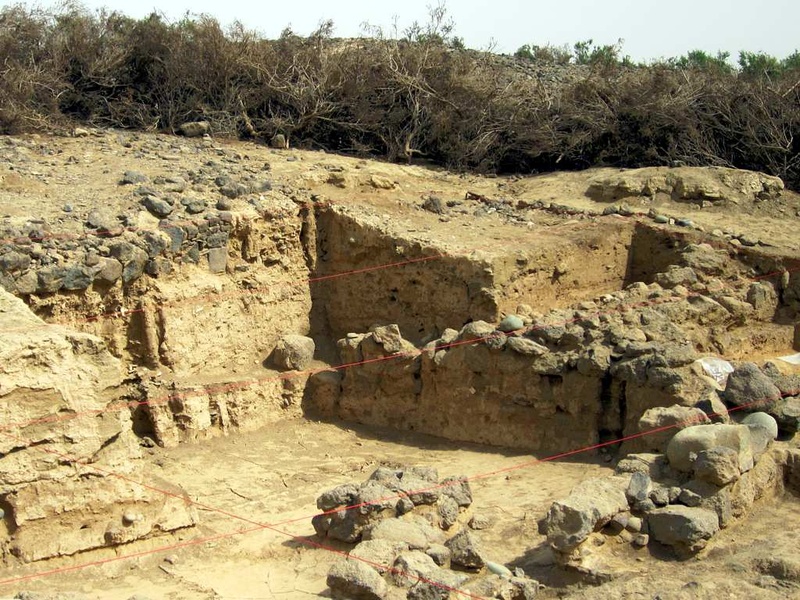
Adulis
Ancient Red Sea port near Massawa with harbor and ruin traces. It served as a trade hub for the Aksumite world and later traders. It anchors Eritrea’s long maritime history.
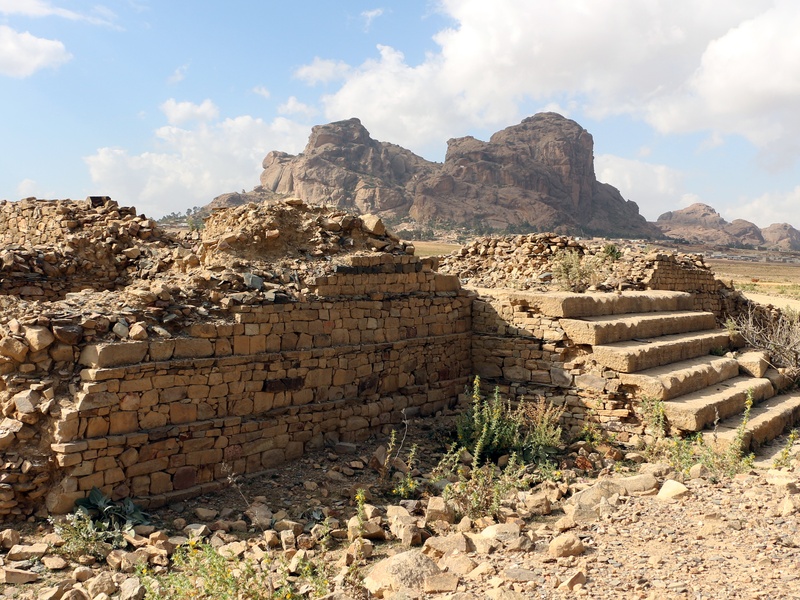
Metera
Archaeological site with stone ruins, tombs, and inscriptions. It ties to ancient highland settlements and early state centers. It shows continuity between pre-Aksumite and Aksumite cultures.
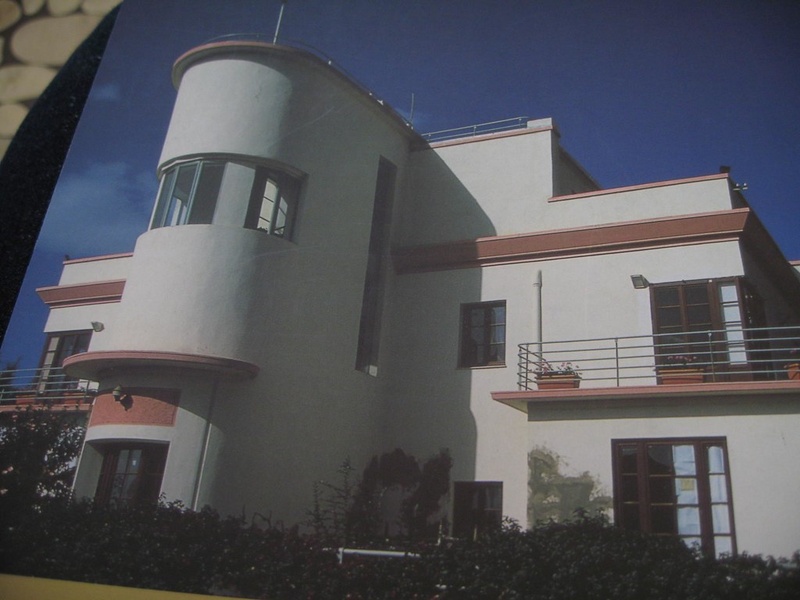
Asmara’s Modernist City
City center with well-preserved 20th-century modernist buildings. It displays rationalist, art-deco, and futurist styles from the colonial era. It stands as a UNESCO-recognized urban ensemble.
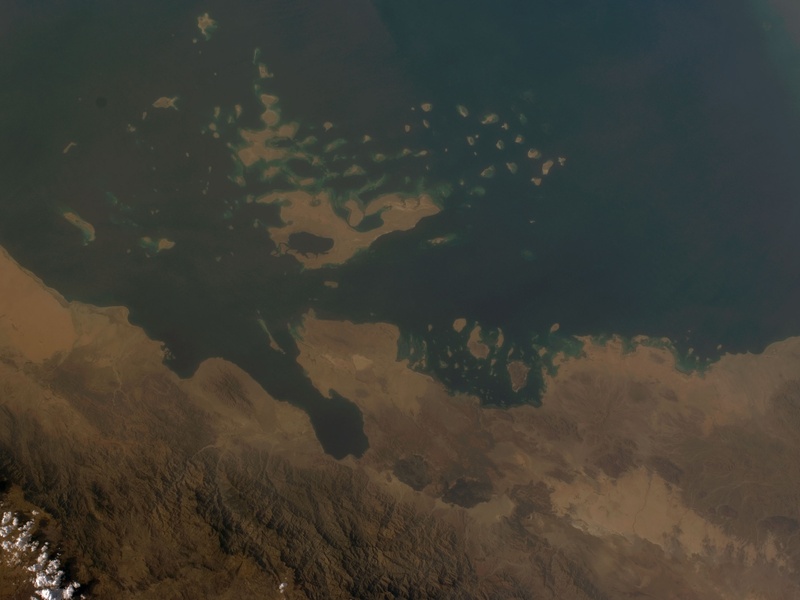
Dahlak Kebir
Largest island in the Dahlak archipelago with coral shores and old settlements. It has ruins and a long history of Red Sea trade and fishing. It highlights Eritrea’s maritime and island heritage.

Sembel
Early settlement beneath modern Asmara with house remains and pottery. It dates to the first millennium BCE and links to pre-Aksumite communities. It offers evidence of early urban life in the highlands.
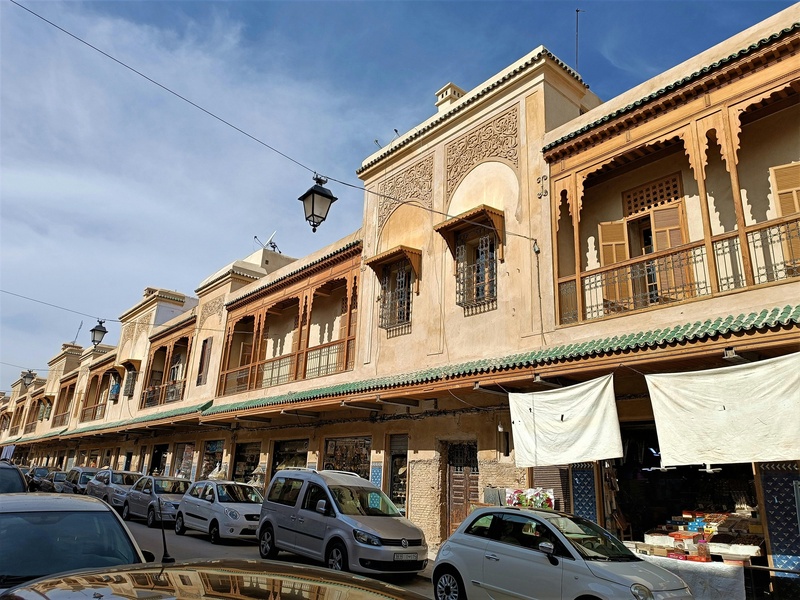
Massawa’s Old Town
Historic coastal quarter with coral-built houses, narrow alleys, and mosques. It blends Ottoman, Arab, and Italian influences in its architecture. It embodies the port city’s layered past.
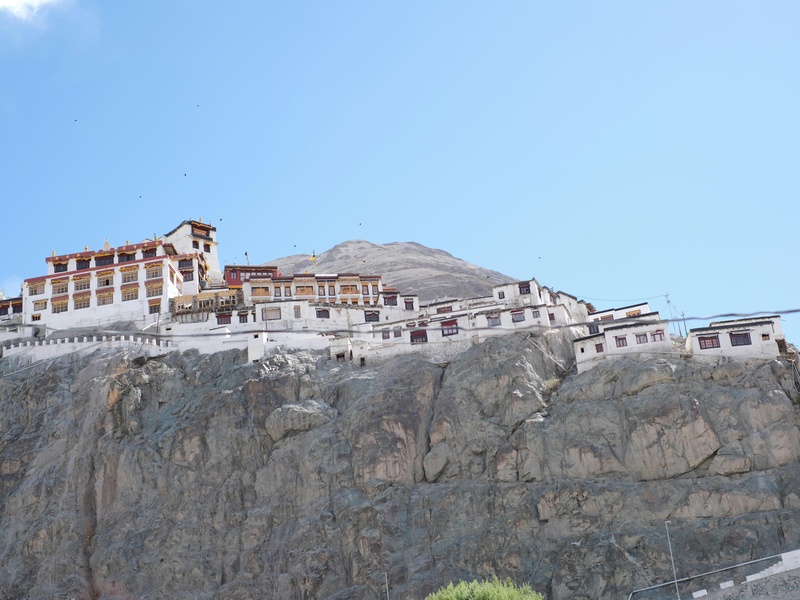
Debre Bizen Monastery
Mountain monastery set on a steep cliff near Nefasit. It functions as a long-standing Orthodox religious center with manuscript and liturgical traditions. It commands strong cultural and spiritual importance.
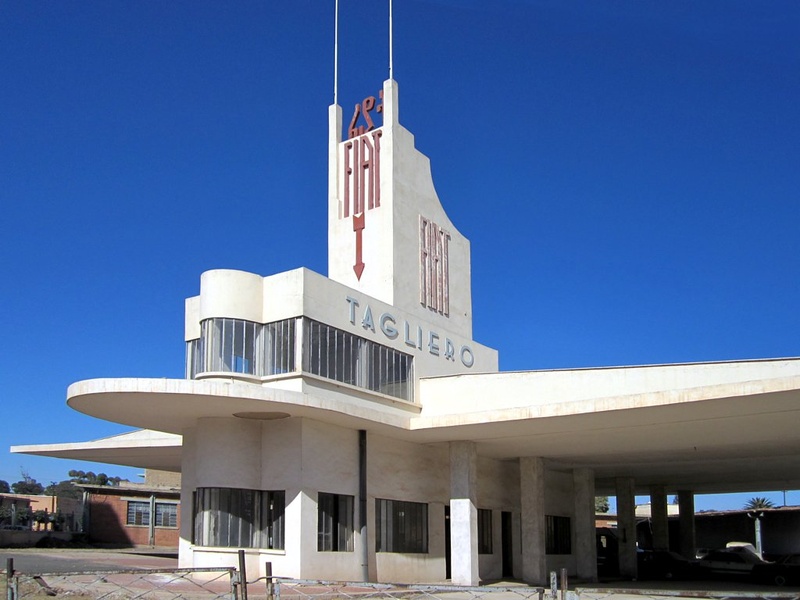
Fiat Tagliero Building
Futurist service station in Asmara with dramatic cantilevered wings. Built in the 1930s, it represents bold Italian modern architecture. It acts as an iconic symbol of the city.

Keskese
Archaeological site with standing stelae and settlement ruins. It connects to pre-Aksumite culture and early state formation. It contributes important stone monuments to Eritrea’s archaeology.
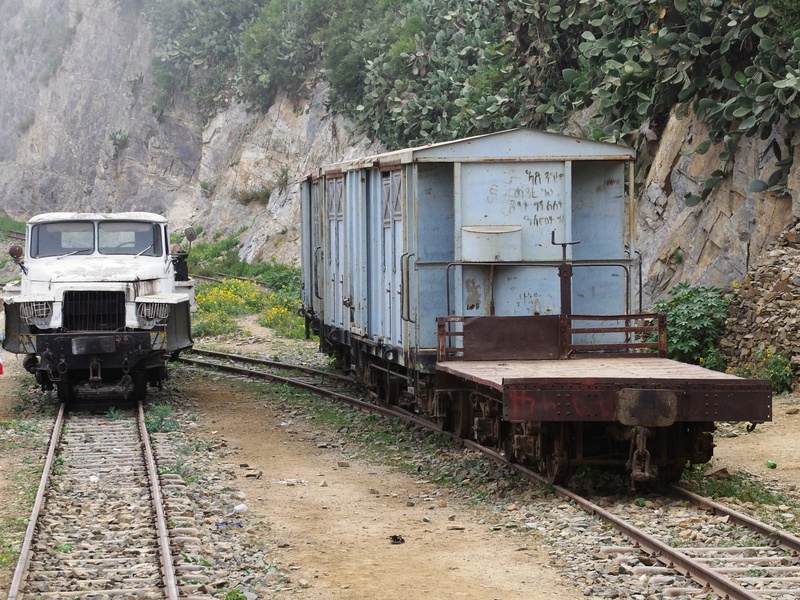
Eritrean Railway
Historic railway line linking Asmara and Massawa built in the colonial era. It shows notable mountain engineering and period transport systems. It remains a symbol of industrial heritage.

Buya Hominid Site
Paleoanthropology site with ancient human and animal remains. It yields evidence of early hominid activity in the Horn of Africa. It matters for deep time and human origins research.
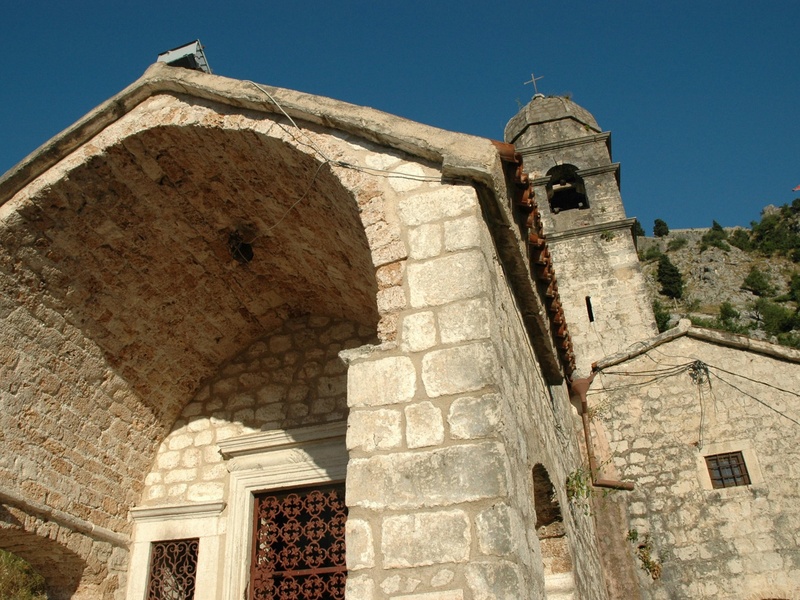
Debre Libanos Monastery
Historic Orthodox monastery with long-standing religious activity. It preserves liturgical traditions and local church heritage. It serves as a spiritual and cultural landmark.

Ona Culture Sites
Archaeological sites linked to the Ona culture with pottery and burial features. They date to early prehistory in Gash-Barka and nearby plains. They help explain early lifeways and migration.
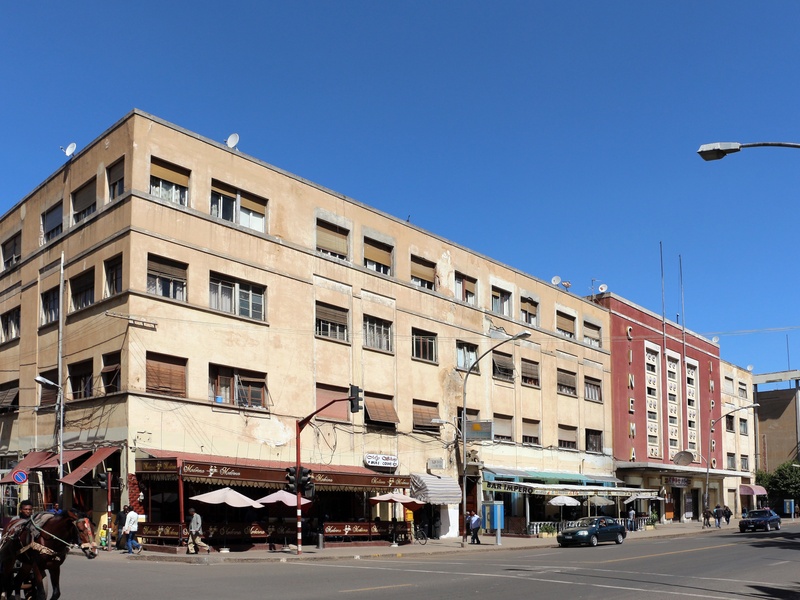
Cinema Impero
Art-deco cinema in Asmara with a grand decorated facade. Built in the colonial era, it reflects urban leisure and cultural life. It remains a well-known architectural landmark.
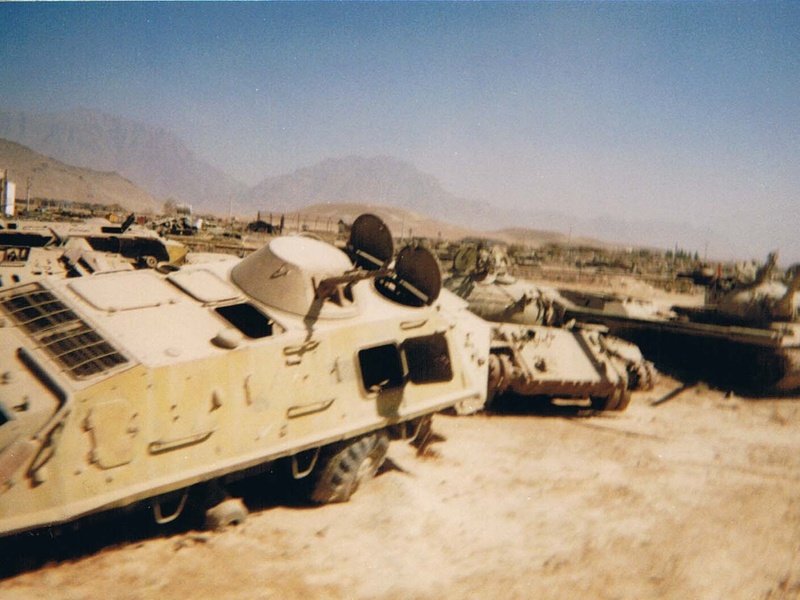
Tank Graveyard
Outdoor collection of rusting military vehicles from past conflicts. It records the material legacy of warfare and the independence struggle. It functions as a stark industrial-age ruin.
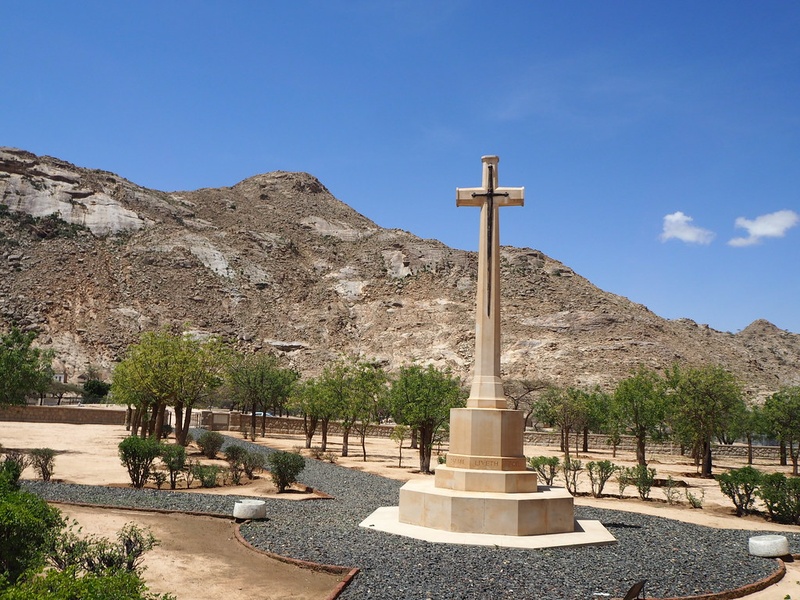
Keren Commonwealth War Cemetery
Well-kept cemetery near Keren for Commonwealth forces from WWII. It commemorates soldiers who fell in regional campaigns. It provides formal memorial architecture and landscaped graves.
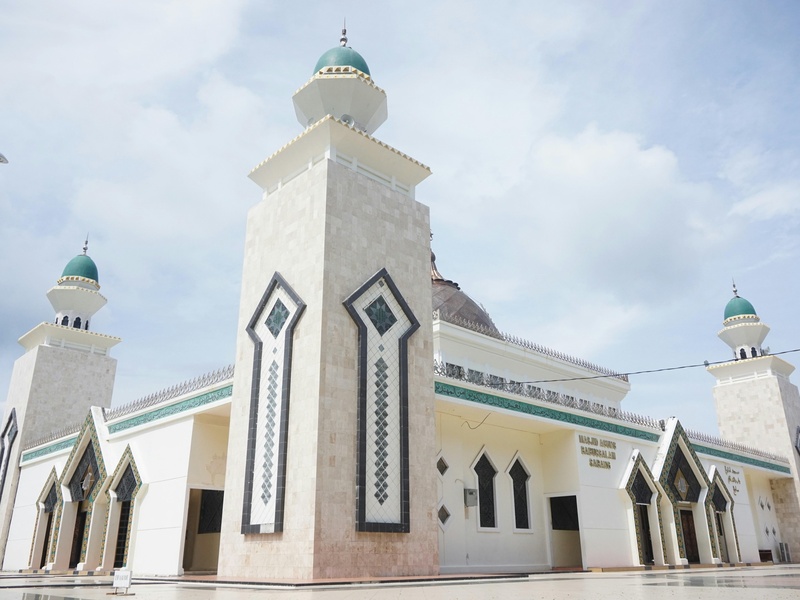
Sahaal Mosque
Historic mosque with local architectural features and community use. It serves as a long-standing center of Islamic worship and social life. It contributes to the coastal and urban religious landscape.
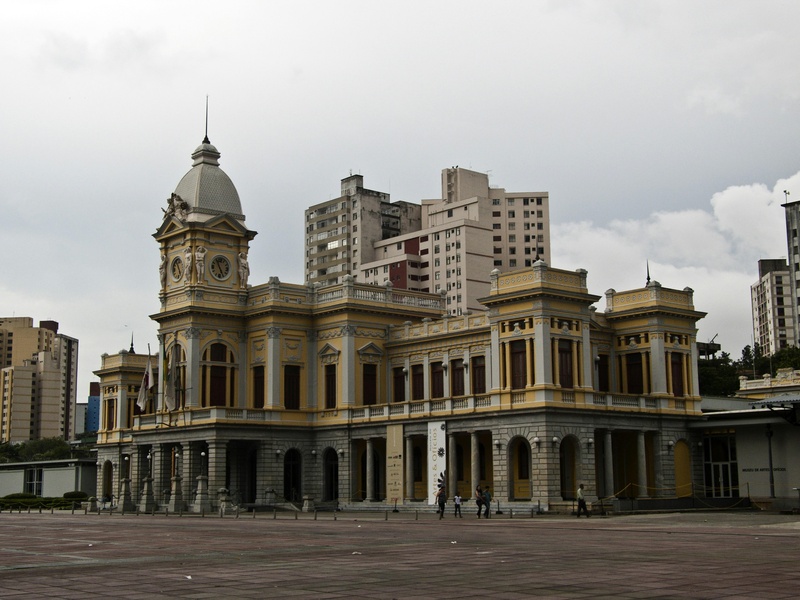
Governor’s Palace
Large colonial-era administrative building used by past governors. It reflects governmental authority and architectural styles of previous regimes. It marks the administrative history of its city.
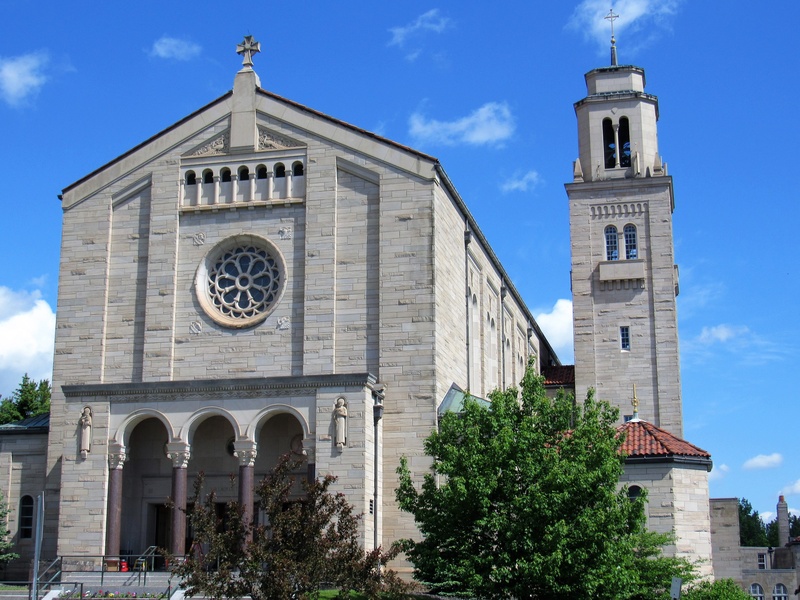
Cathedral of Our Lady of the Rosary
Prominent Catholic cathedral built during the colonial period. It features Italian-era religious architecture and parish history. It serves as a major Christian landmark in the city.
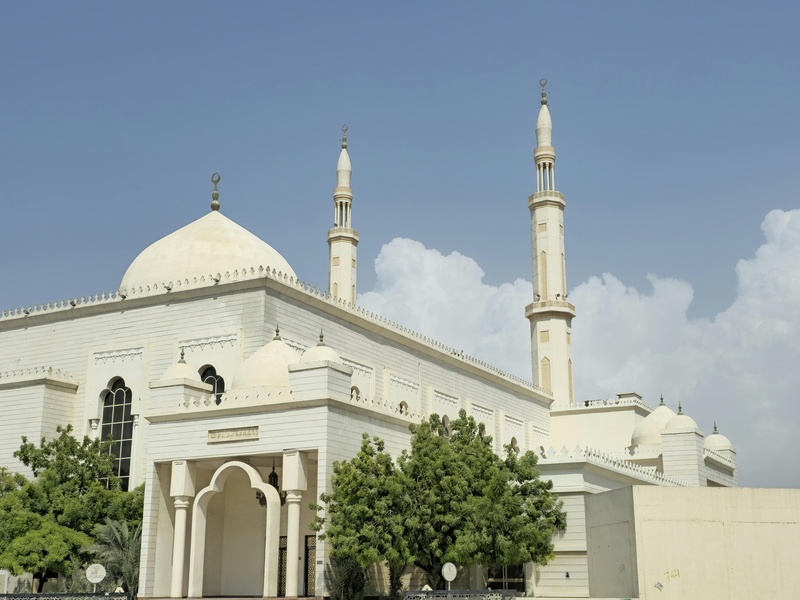
Al Khulafa Al Rashiudin Mosque
Historic mosque named after early caliphs with traditional design. It functions as a place of worship and community gathering. It represents local Islamic architectural heritage.
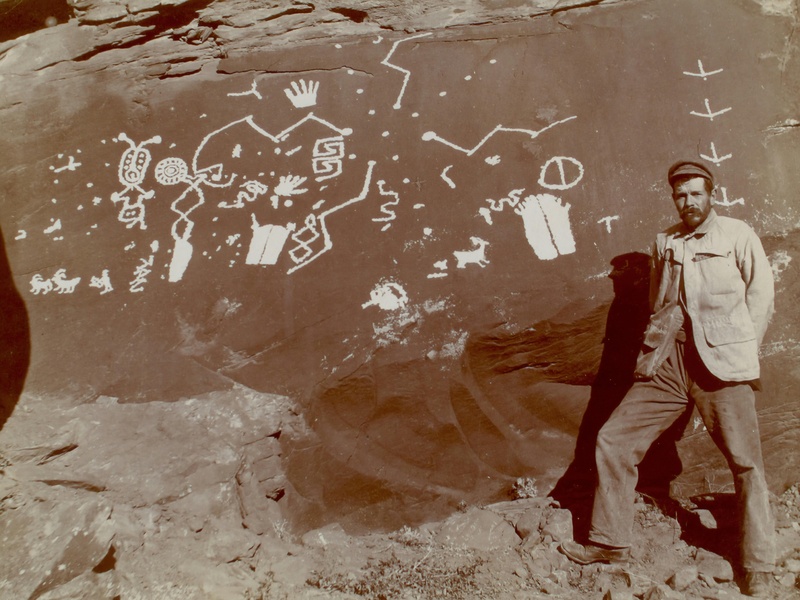
Adi Keih Rock Paintings
Site of ancient pictographs showing humans and animals on rock faces. It dates to prehistoric times and reflects early symbolic expression. It provides insight into ancient local cultures.
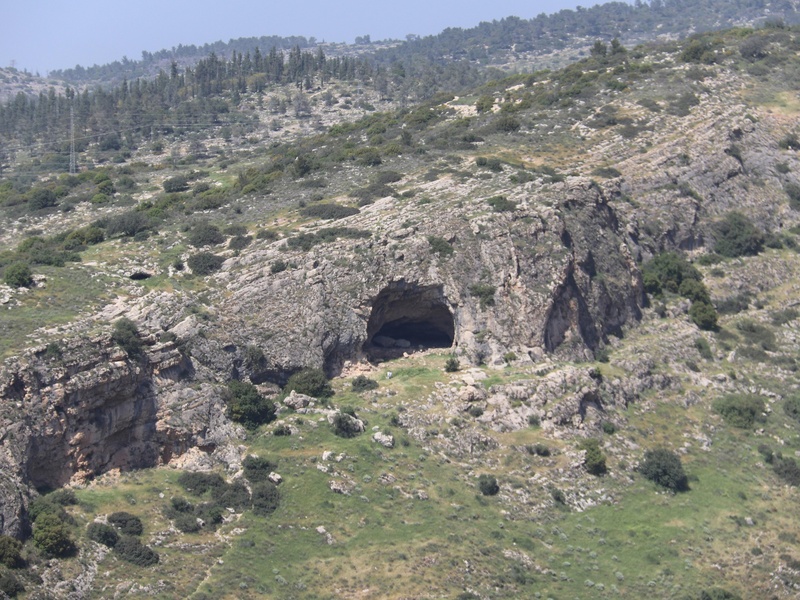
EPLF Caves
Network of caves used during the independence struggle by the EPLF. They served as shelters, hospitals, and command centers. They hold strong historical and symbolic value for modern Eritrea.

Debarwa
Historic town with archaeological remains and old churches in the southern highlands. It served as a regional administrative and religious center at various times. It contains layered historical evidence.

Mariam Dearit Sanctuary
Religious sanctuary dedicated to the Virgin Mary with local veneration. It functions as a pilgrimage and prayer site. It reflects ongoing devotional traditions in Eritrean Christianity.
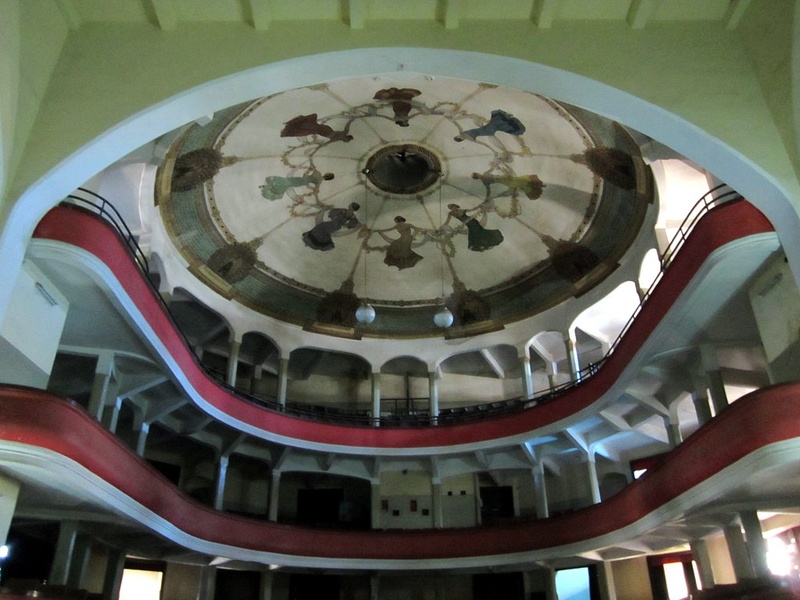
Asmara Opera House
Historic theater used for opera and public performances in Asmara. It demonstrates colonial investment in arts and civic life. It remains part of the city’s cultural fabric.
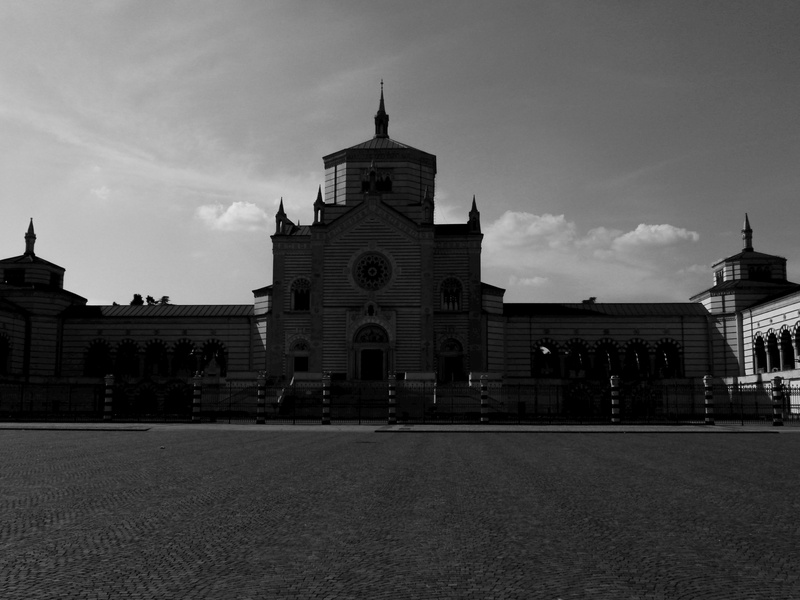
Imperial Palace, Massawa
Grand coastal palace from colonial or imperial administrations. It reflects past governance and maritime authority in Massawa. It contributes to the city’s official architectural heritage.
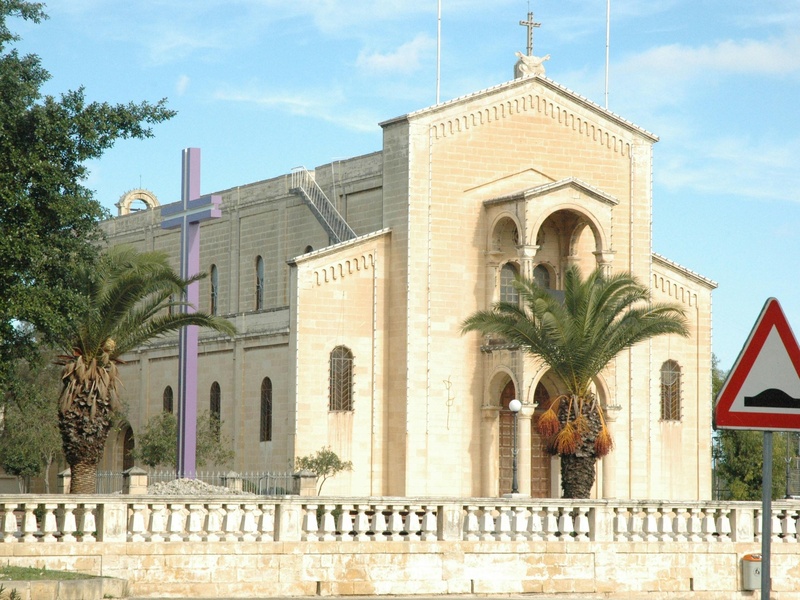
Enda Mariam Cathedral
Orthodox cathedral known locally as Enda Mariam and linked to national religious life. It hosts liturgical events and community rites. It stands as an important Orthodox landmark.
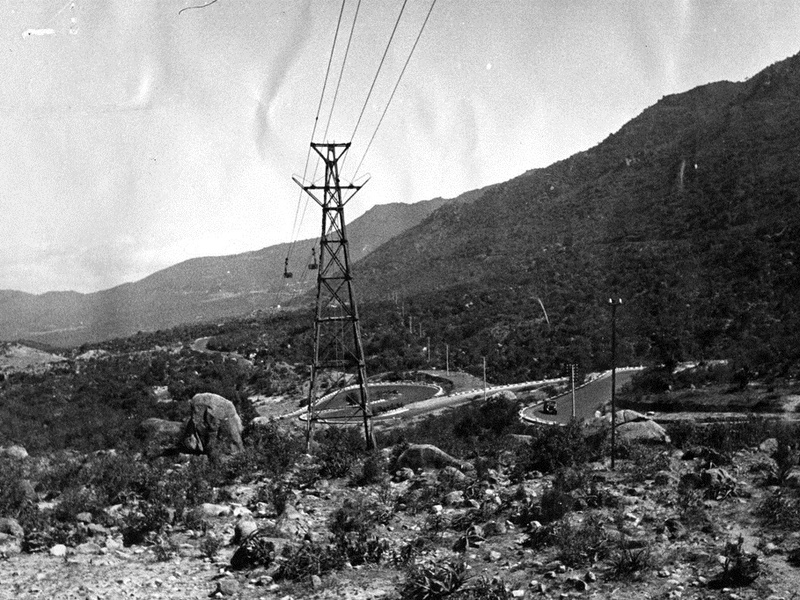
Massawa-Asmara Cableway
Former cableway that linked the coast to the highlands for goods transport. It illustrates historic colonial logistics and engineering. It represents an unusual transport legacy.
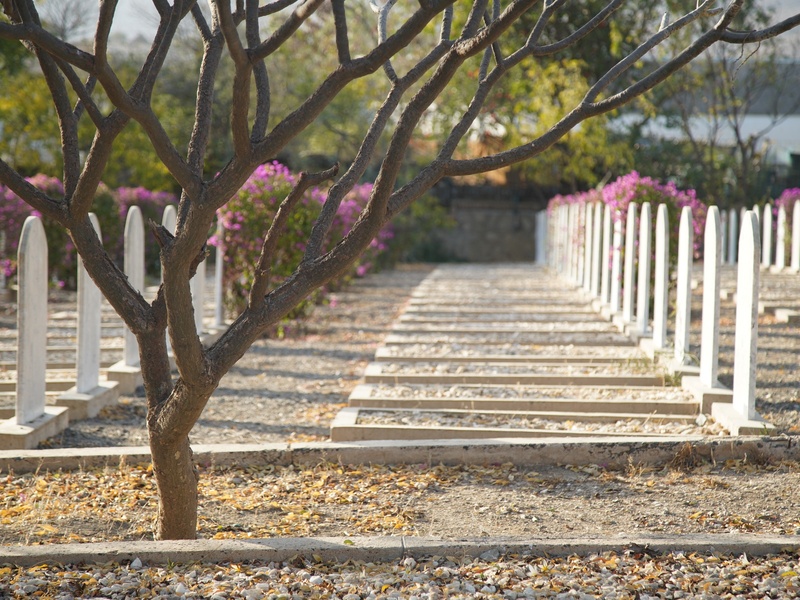
Keren Italian War Cemetery
Cemetery near Keren holding graves from Italian military forces. It records colonial-era campaigns and wartime casualties. It offers formal memorial space and historical context.
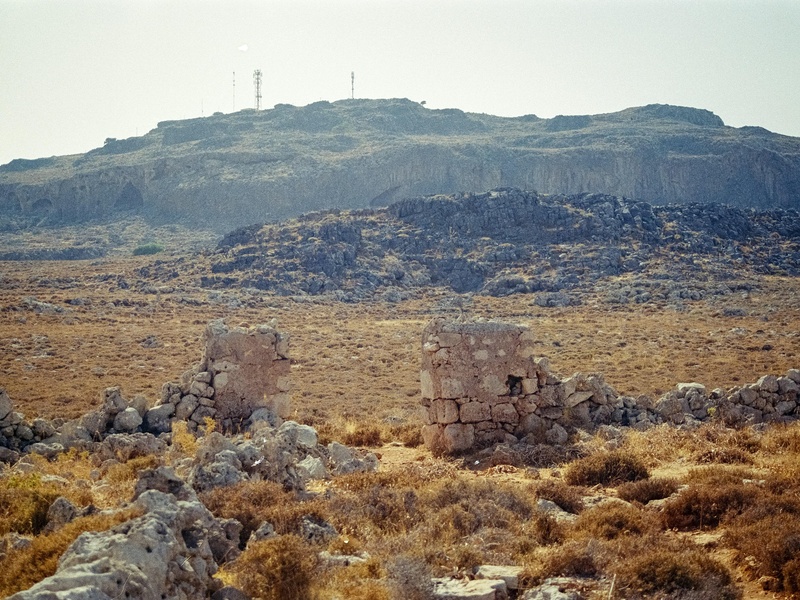
Battle of Afabet Site
Location of a key battle during the modern independence conflict. It contains battlefield memory and local markers of struggle. It figures in narratives of Eritrea’s path to independence.

Gura’e Battlefield
Historic battlefield tied to regional military clashes and shifting control. It marks armed encounters that shaped local history. It remains part of the landscape of conflict memory.
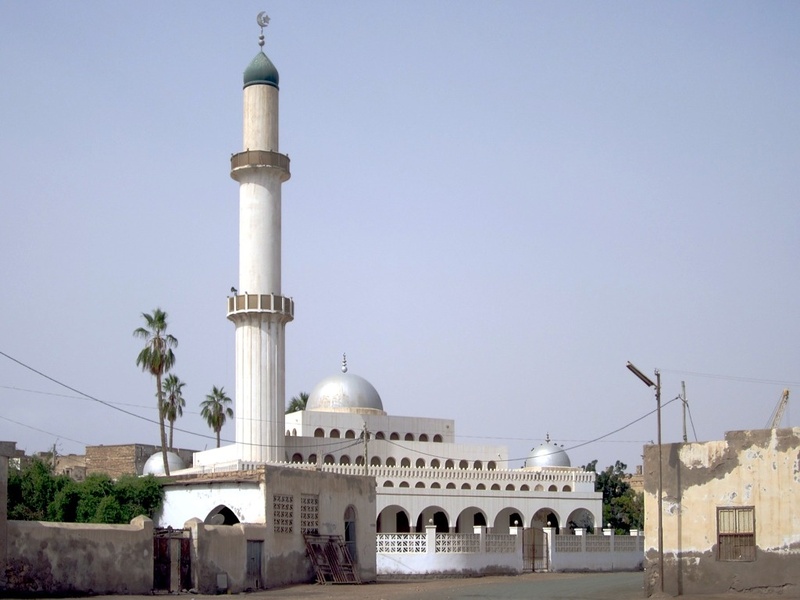
Sheikh Hanafi Mosque
Local mosque named for Sheikh Hanafi with traditional features. It supports communal worship and religious education. It adds to the network of historic Islamic sites.

Matara Stele
Group of carved stone stelae at Matara linked to ancient elites and burials. They date to early highland states and show monumental stone carving. They are key archaeological artifacts.

Nakfa Town Ruins
Town with wartime ruins closely linked to the independence era and national identity. It contains fortifications, memorials, and historic buildings from conflict periods. It serves as a national symbol.
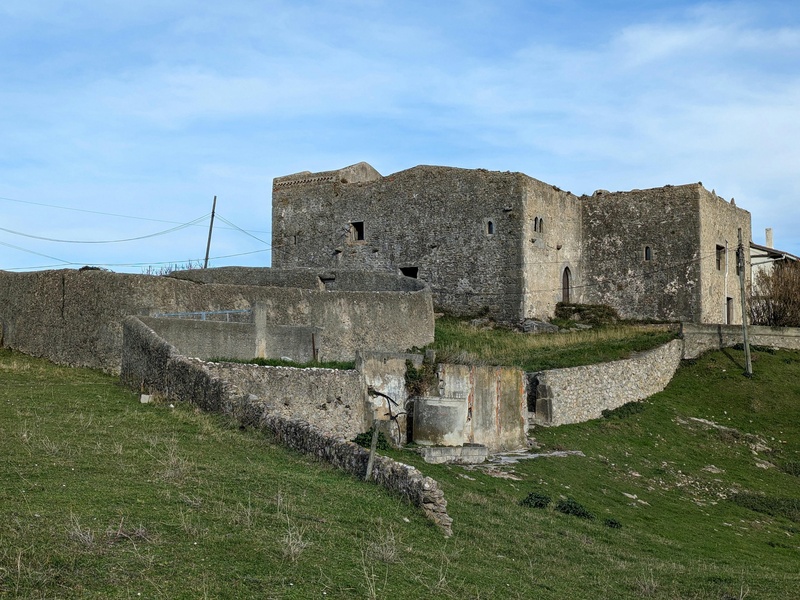
Italian Fort, Nefasit
Hilltop fort built during the Italian colonial period near Nefasit. It shows colonial military architecture and strategic siting. It offers views and military-historical interest.
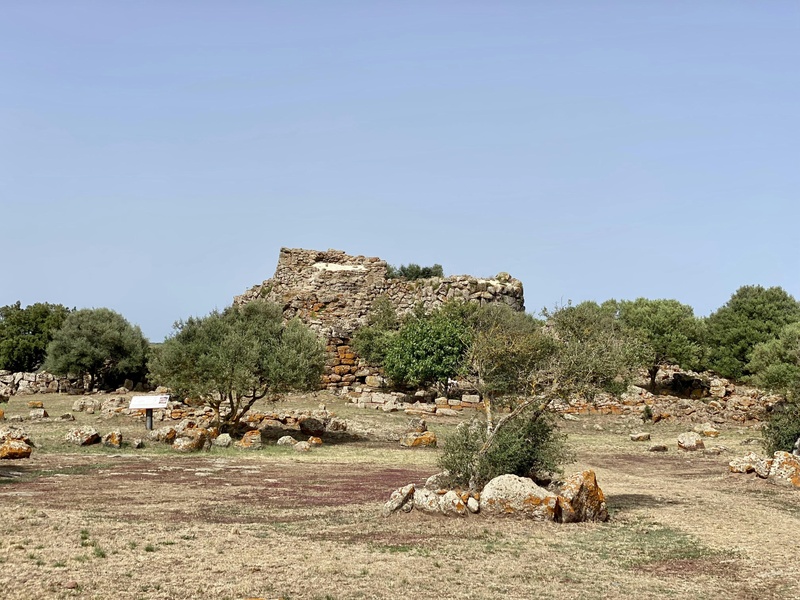
Ruins on Emba Soira
Scattered ruins on Emba Soira, Eritrea’s highest peak. They suggest past settlement or defensive use on the mountain. They add archaeological interest to the highland landscape.
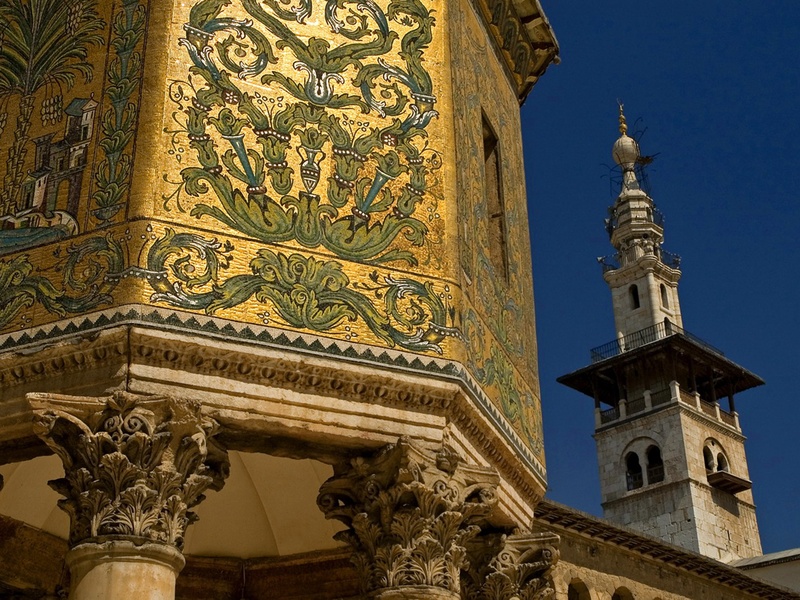
Old Turkish Governor’s Palace
Ottoman-era administrative palace in a coastal town. It reflects Turkish influence on coastal governance and architecture. It forms part of the layered colonial and pre-colonial heritage.
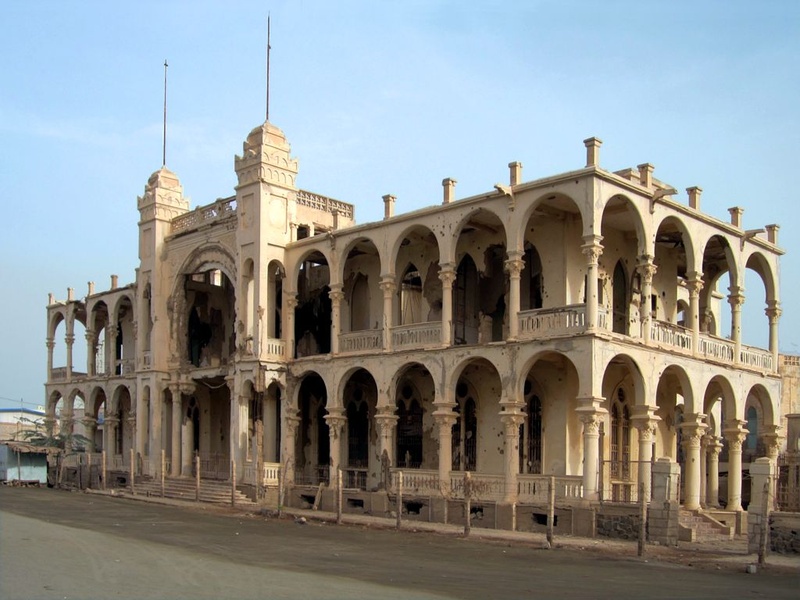
Banco d’Italia, Massawa
Former Italian bank building in Massawa with colonial architectural detail. It testifies to economic networks and Italian financial presence. It remains a notable urban landmark.

Tomb of Said Abu Bakr el-Mirghani
Historic tomb of a local religious or community leader. It functions as a site of respect and occasional pilgrimage. It preserves local memory and sacred geography.
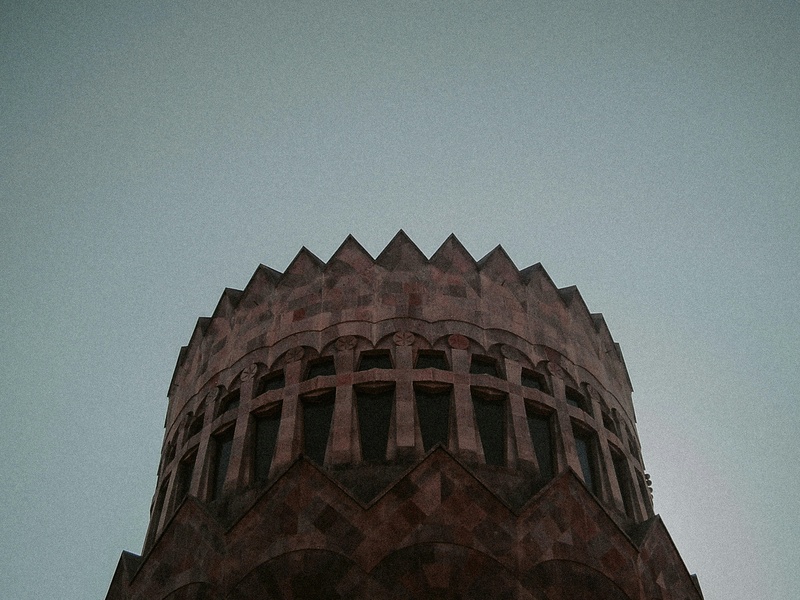
Forto Baldissera
Italian-era fort or hillpost built to control Asmara approaches. It shows colonial military planning and architecture. It offers panoramic views and military-historical context.

